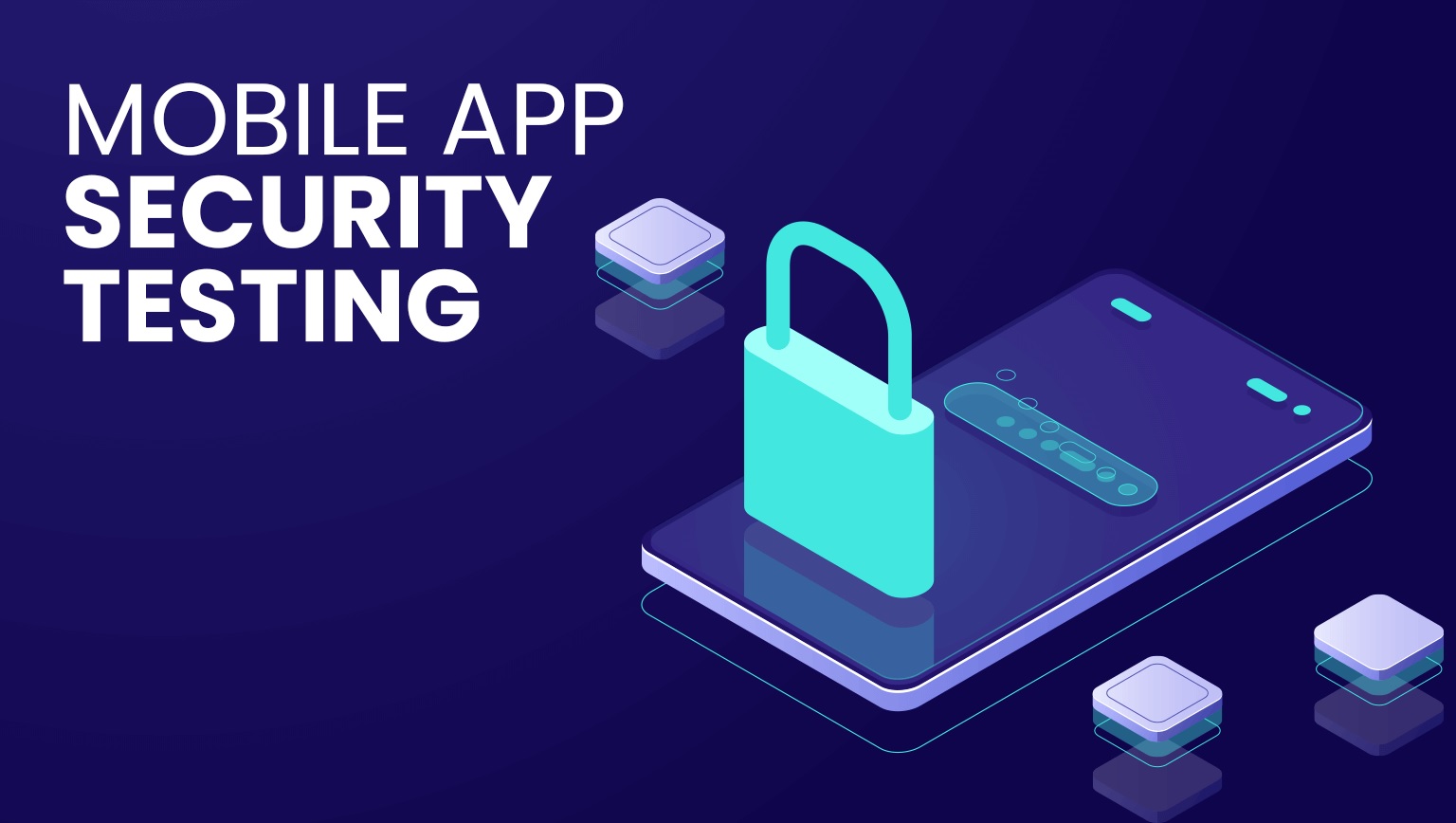- Real Life OT Security Incidents - 13/07/2022
- Introduction to OT Security - 13/07/2022
- Difference between OT and IoT - 13/07/2022
As more and more businesses adopt a mobile-first approach, mobile applications are becoming conventional in the industry. With them, they bring a lot of doubts and questions regarding the security they offer. A lot of apps involve collecting user data and hence it is required to ensure the security of the data in compliance with the regulations such as the General Data Protection Regulation (GDPR). The design and development of these apps expose these to potential threats and makes the application vulnerable to attacks. Hence, the VAPT of these mobile applications is essential.
The VAPT of mobile applications helps in determining the vulnerabilities present in the architecture, database, and APIs of the application before an attacker exploits them.
Why is mobile application VAPT required?
The mobile phone, as a device, is a widely used device in today’s world. The device itself is vulnerable to different categories of cyberattacks. A lot of user data is stored on the device in different formats. Whether android or iOS, each application installed on the device exposes the organization’s data to known and unknown vulnerabilities. VAPT of these apps includes deep security testing of the app functionality and exposes the internal codes and design of the app to understand if proper security measures are in place or not. It also plays an important role in uncovering the vulnerabilities of downloading apps that can possess potential risks and may contain bugs that make the data vulnerable.
What are the types of mobile apps present today?
The first step is to produce and analyze any potential threat. This is done by checking the parameters mentioned below:
A detailed vulnerability study includes checking components at an advanced level, such as the network, phone’s operating system, and hardware. One must check the app for any security problems, the responsiveness of the security measures, and whether they can counter any attack in real-time during vulnerability analysis. It is necessary to safeguard connections with other apps or third-party services. Any flaw in the structure puts all of the app’s services at risk.
How to perform mobile application security testing?
There are certain important things to keep in mind while conducting penetrating testing on mobile applications. The following could be a checklist for the same.
Nature of the app: A lot of different kinds of mobile applications exist. If you are dealing with such an app which deals with money transactions, then more importance is to be given to the security aspects than the functional aspects. For such apps, each and every functionality of the app should be tested for security purposes. But if you are dealing with a gaming app, or education or social media related app, then it may not require an intense assessment for security measures. Hence, based on the nature and purpose of your app, you can decide how much security testing is required.
Time required for testing: The entire security testing should be appropriately time bound. From the total time allocated for testing, it should be decided as to how much time should be given to security testing and accordingly prioritizing tasks.
Efforts needed for testing: Security testing is quite complex when compared to the functionality or UI or other testing types.
Knowledge transfer: Sometimes, extra brainstorming is required to study and understand tools in order to perform security tests on specific functionalities.
Based on the above pointers, security testing strategy could be built.
How is the VAPT process exactly?
The very first step for a vulnerability assessment and penetration testing on mobile applications is to define the objectives of conducting the test. The objectives could be to check if the app’s security mechanism is in place or not; detect and manage all threats and risks to the app; check proper authentication process is implemented or not and likewise.
Threat analysis and modelling: Threat analysis & modeling has four components:
While looking for vulnerabilities in the mobile app, we think of all the functionalities and components the attacker could possibly attack. A list of these is made and use cases are developed against them.
There are a few automated tools for conducting the process of threat analysis and modeling for mobile applications such as Mobile Security Framework (MSF), Android debug bridge, iOS Mobile Application Security (iMAS), etc.
Exploitation: Once the vulnerability assessment is done, it is known where all could the attacker target his attack to. The possible vulnerabilities are known and the risk related with them too. Things might get complicated here. Now the next step is to understand the impact of the risk by exploiting the vulnerability. With this, we are actually penetrating into these vulnerabilities by damaging the app for real. Tools are QARK (Quick Android Review Kit), ZAP (Zed Attack Proxy), Mitmproxy etc., are free tools available to conduct the exploitation of vulnerabilities.
Lastly, after the security testing is completed, it is time to mitigate the risks already identified and built a better and secure version of the existing application. For this, we now need to protect the app by updating it regularly and applying appropriate patches where required.
In order to understand the vulnerabilities that come with mobile applications, follow the OWASP Top 10 for Mobile App Security and learn more.

